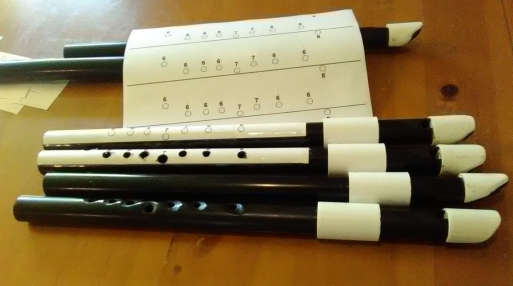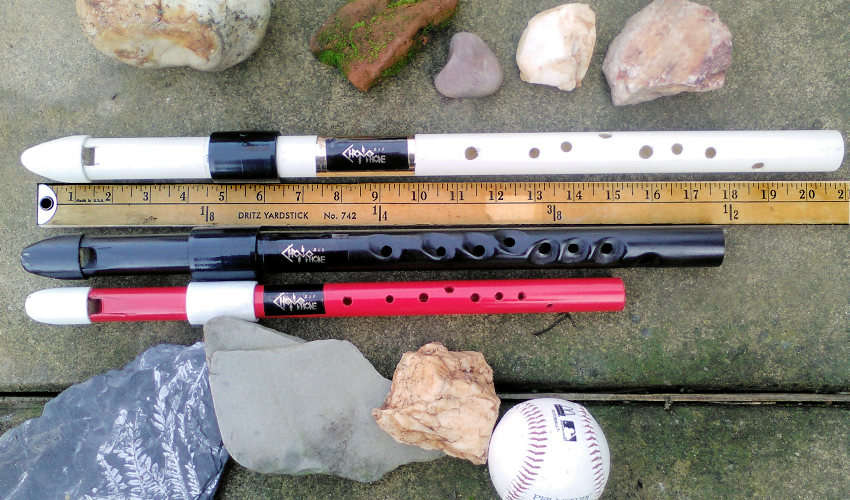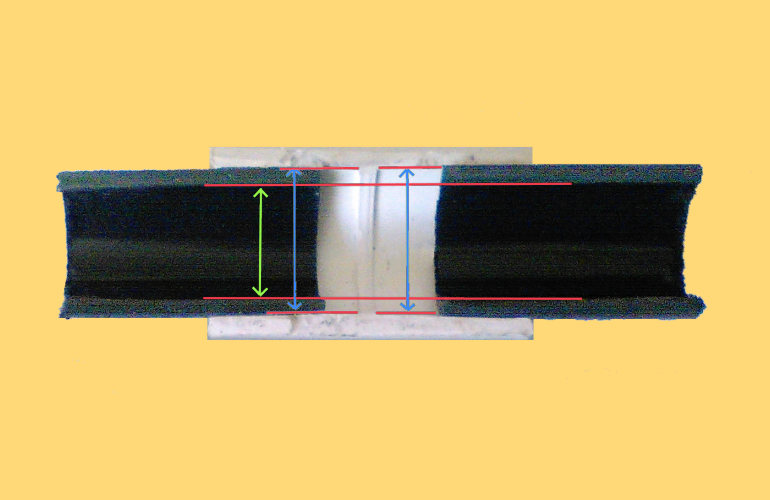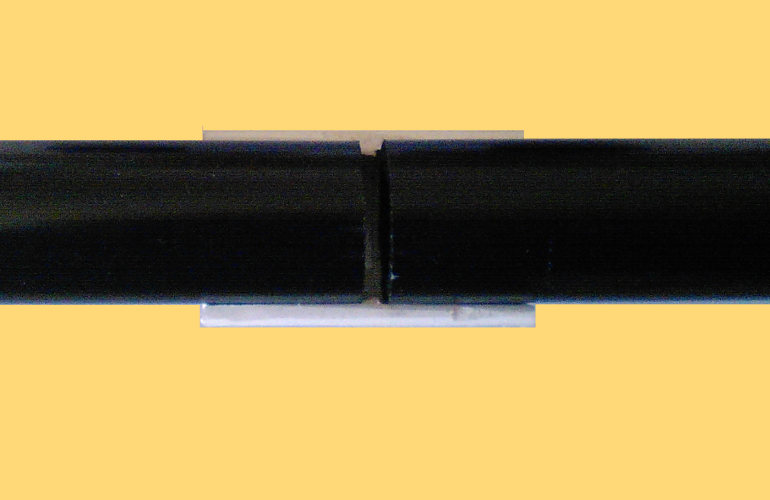boring technical details


The first G chromophones (pictured right) were develped in Fall 2017. Since then, improvements have been made. The newer ones have nice looking black tapered pvc couplings for a collar. The mouthpieces have been skinnied down a bit to make a better fit between the lips. The lower half has been given a concave curvature and the sides are more narrowed. The size of the airway has also been decreased so that less air is require to make a tone. This allows the playing of longer more sustained,notes and louder, clearer tones
The original instrument had a range of 2 octaves from G4 to G6. To make a smaller version, I switched to half inch diameter tubing and ended up with one that plays from Bb4 to Bb6, if you blow hard enough on it. Of course, that made me wonder if a longer lower instrument might be even easier to play than the G chromophone. and the E instrument I ended up with played from E4 to E6 with ease, with a scattering of notes above that becoming possible. It also seems to have the fullest, most beautiful tone of all!
The original instrument had a range of 2 octaves from G4 to G6. Next came the smaller version using half inch diameter tubing and a range going from Bb4 to Bb6, assuming you can blow hard enough on it. Of course, that made me wonder if a longer instrument might be even easier to play than the G chromophone. and the resulting E instrument could play E4 to E6 with ease. A scattering of notes above that also becoming possible. The E chromopohone seems to have the fullest, most beautiful tone of all!

